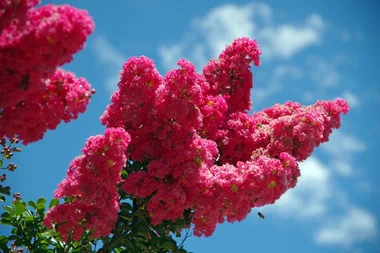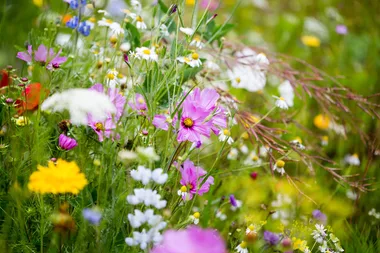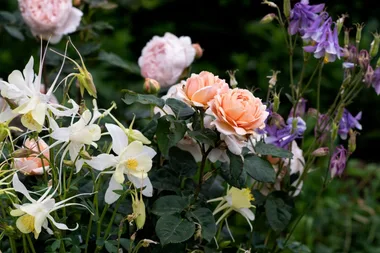After a long, cold winter, spring celebrates its annual seasonal coup with the gentle eruption of lilac’s cottony clouds of tiny flowers. The competition to be spring’s flowering supremo is tough, given the profusion of spring-flowering bulbs and bushes. What makes lilac the clear winner is that each of its tiny flowers produces a perfume that sends bees and butterflies into a frenzy as they search for nectar.
And while lilacs look like the Christmas-flowering crepe myrtle and the buddleia (butterfly bush) that flower in late summer, lilacs push out their blooms first. Planting this trio is a great way to have flowering trees from spring through to autumn. Lilac bushes are fuss-free so long as you give them the right conditions.
Lilacs can grow up to 7m tall, and have a wide berth of around the same width. The colour of their flowers can range from white, and pink to lilac and deep purples. The strongest perfume comes from flowers that are medium to dark purple.
Growing lilacs at a glance
- When to plant: Either spring or autumn
- Climate: Cool to temperate
- Position: Full sun
- Water: Regularly
- Soil type: Loamy
- Blooms/Harvest: Spring

How to grow lilac
Growing lilac flowers is a simple process. To plant, follow this process:
- Choose a spot in full sun, with well-draining soil. Lilacs like it loamy, so ensure your soil is the right consistency and material.
- Dig your planting hole. It should be twice the size of your root ball. Remove from the container and tease the roots out.
- Position in the planting hole, and refill around your roots and shrub. Gently press down on the soil to firm it up. Water in well.
- Mulch around your plant with a natural substance, such as sugar cane mulch or bark chips.
- Water regularly as it establishes. This should be around 1-2 times a week, depending on weather conditions.
Although lilacs can be grown in pots, they do best in spots that allow their roots to spread. For container growing, choose a variety that stays relatively small.
When to plant lilacs?
It is best to plant lilacs in either spring or autumn. Autumn may be a better time for warmer areas around Australia. This is because it will give enough time for the roots to gain the proper strength to survive hot summers. You can also plant lilac bushes bare-rooted in winter.
What type of climate does lilac need to survive?
Lilacs prefer cool to temperate climates. This is because the plant needs cold-winter dormancy to produce its flower clusters. If you live in a hotter climate, there may be fewer flower clusters. The upside to a cooler climate flower is that they are frost hardy and deal with colder temperatures well.

How much sun does lilac need?
When first being established, and during the growing season, lilac will need six hours of full sun daily. During the hotter months, it may be wise to protect or provide shade to your lilac flowers.
How often should lilac be watered?
It is important to water younger lilac plants regularly until roots are properly established. This is so they can easily seek out moisture. Regular watering is usually 1-2 times a week, but it may differ depending on weather conditions. After establishment, your lilac bush will only need to be watered during extended dry periods.
What type of soil should I use?
Lilacs like a well-draining soil, preferably with a loamy consistency. This is so the roots aren’t starved of nutrients, and do not become waterlogged in heavy rain periods. To achieve the perfect balance in the soil, you can dig in quality organic matter, like compost fertiliser, into the soil.
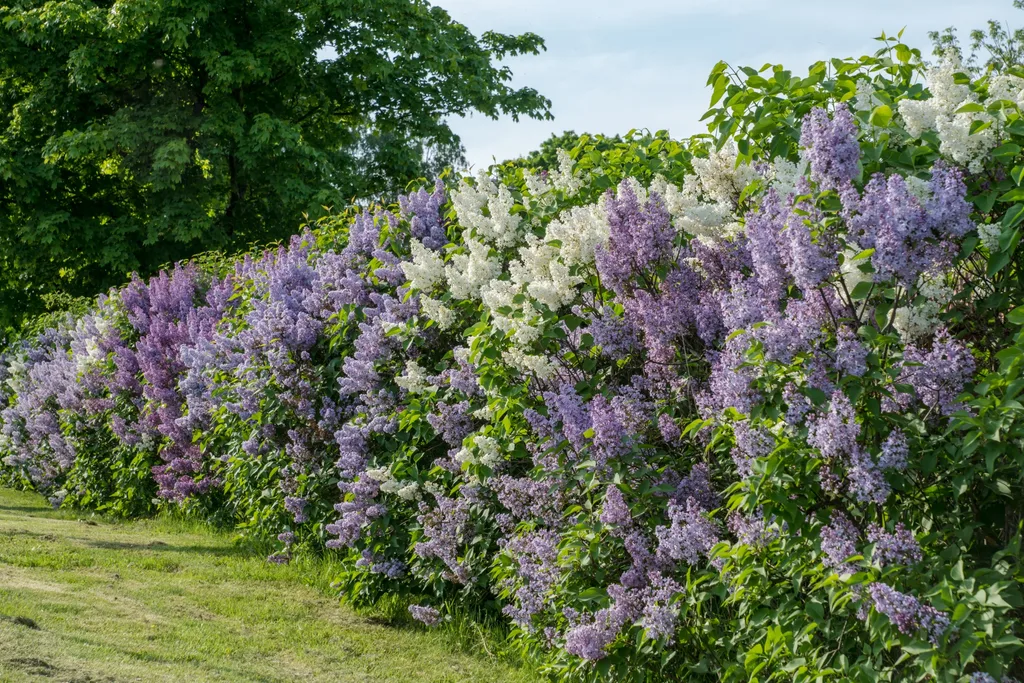
When will it bloom?
You will need to wait a couple of years after planting for a lilac bush to bloom. When feeding your plant, make sure to limit your use of nitrogen. An overload of nitrogen will promote foliage production over flower production.
Lilac flowers typically bloom in spring, however, some varieties put on a second summer bloom.
In terms of fragrance, it starts off sweet in the morning and then grows stronger and richer as the day warms. It’s the sun’s light and heat that help intensify the aroma. If your spring is damp and/or cold, the scent will be much softer.
Can you grow lilac indoors?
Growing lilac indoors is not recommended, as they are larger bushes that enjoy a cooler temperate. However, you can pick lilac flowers to display around your home.
When picking blooms for indoors, cut stems just above a set of leaves, with flowers that are at least three-quarters open. Very few buds open after cutting. Cut foliage separately. The flowers last just three to four days once cut, although you can extend that by a day or two by misting the flowers with water. Lilac flowers are among the easiest to press to preserve their colour and perfume.

How to care for lilacs
Lilacs are relatively low-maintenance, and will only require minimal feeding and pruning:
Pruning
Prune to shape after flowering. After a couple of years, the lilac bush produces thick woody stems from the base. Keep the bush tidy by removing new stems when flowering has finished, so energy is channelled to next spring’s splash.
Maintenance
It is best to fertilise in late winter for optimal flower growth. For larger blooms, use a plant food that is high in phosphorus. Again, make sure to limit nitrogen as it will promote foliage growth.
Pests and problems when growing lilac flowers
Lilacs surprisingly have little problems with pests and disease. One of the only significant problems that can occur with a lilac bush is powdery mildew. This can be resolved through cutting back affected foliage and the use of a fungal spray.
Lilac flower varieties
There are quite a few different lilac varieties that change in both size and flower colour. Here are our top 3 favourite lilac varieties:
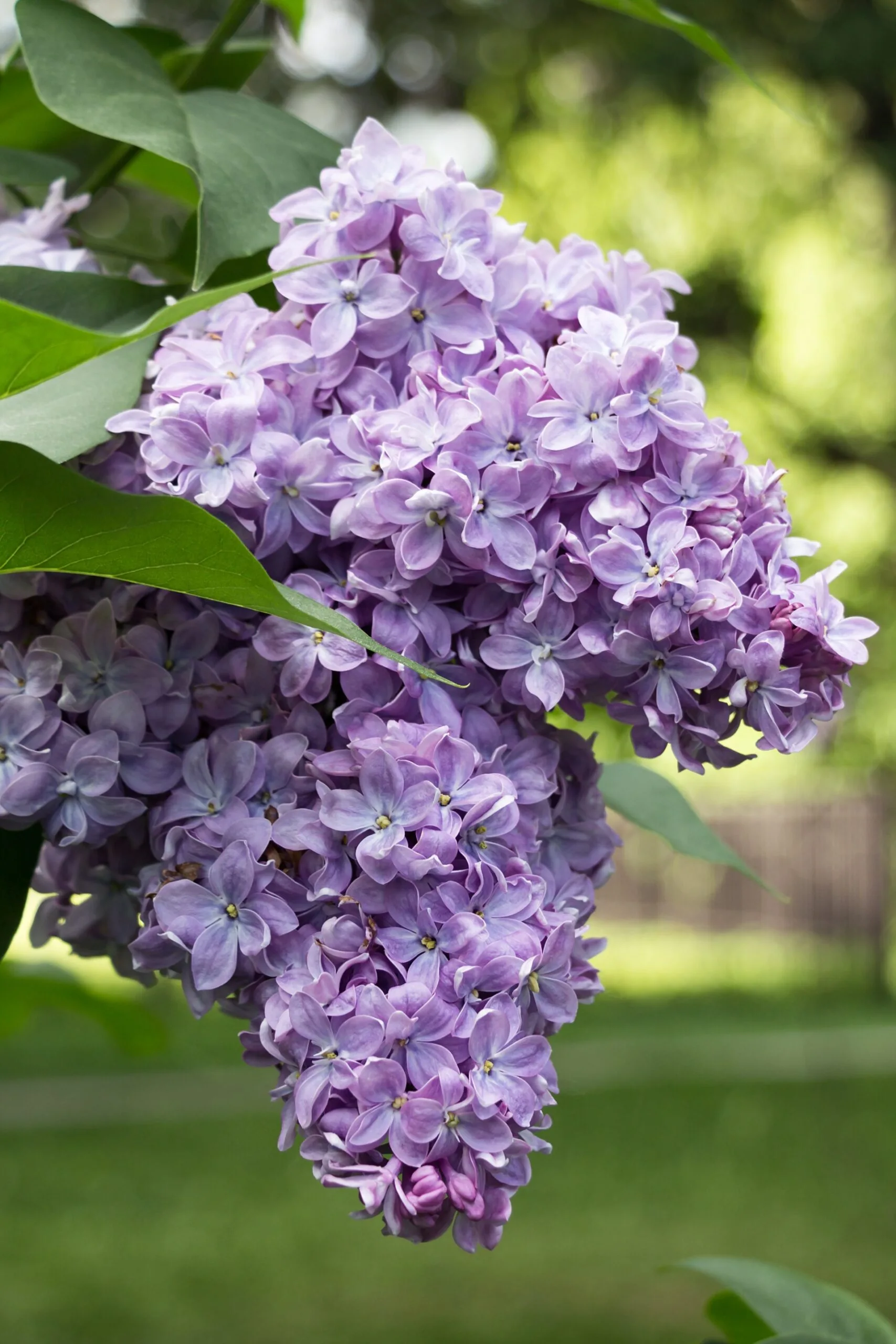
01
Common lilac
Syringa vulgaris
The common lilac is the most popular choice, due to its heavy fragrance and colour options. This variety can have flowers that are white, pink and all shades of purple. It can work well as a singular bush or as a hedge or screen for your backyard. Hundreds of cultivars are available that change in colour and size.
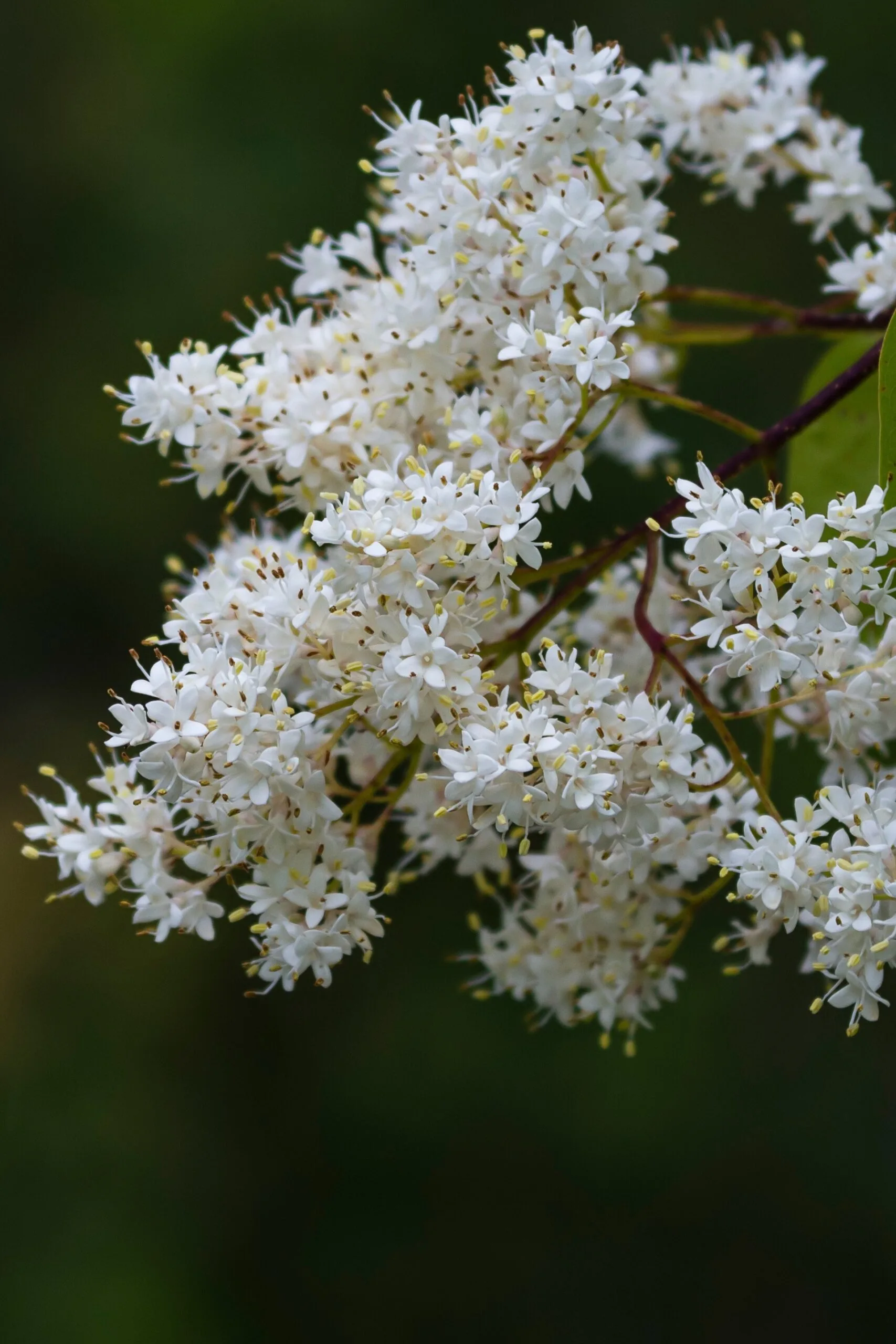
02
Japanese lilac
Syringa reticulata
The Japanese lilac is a great choice for screening or hedges, as it is one of the taller varieties. Growing pretty white flower clusters, this lilac has a creamy fragrance that attracts butterflies.
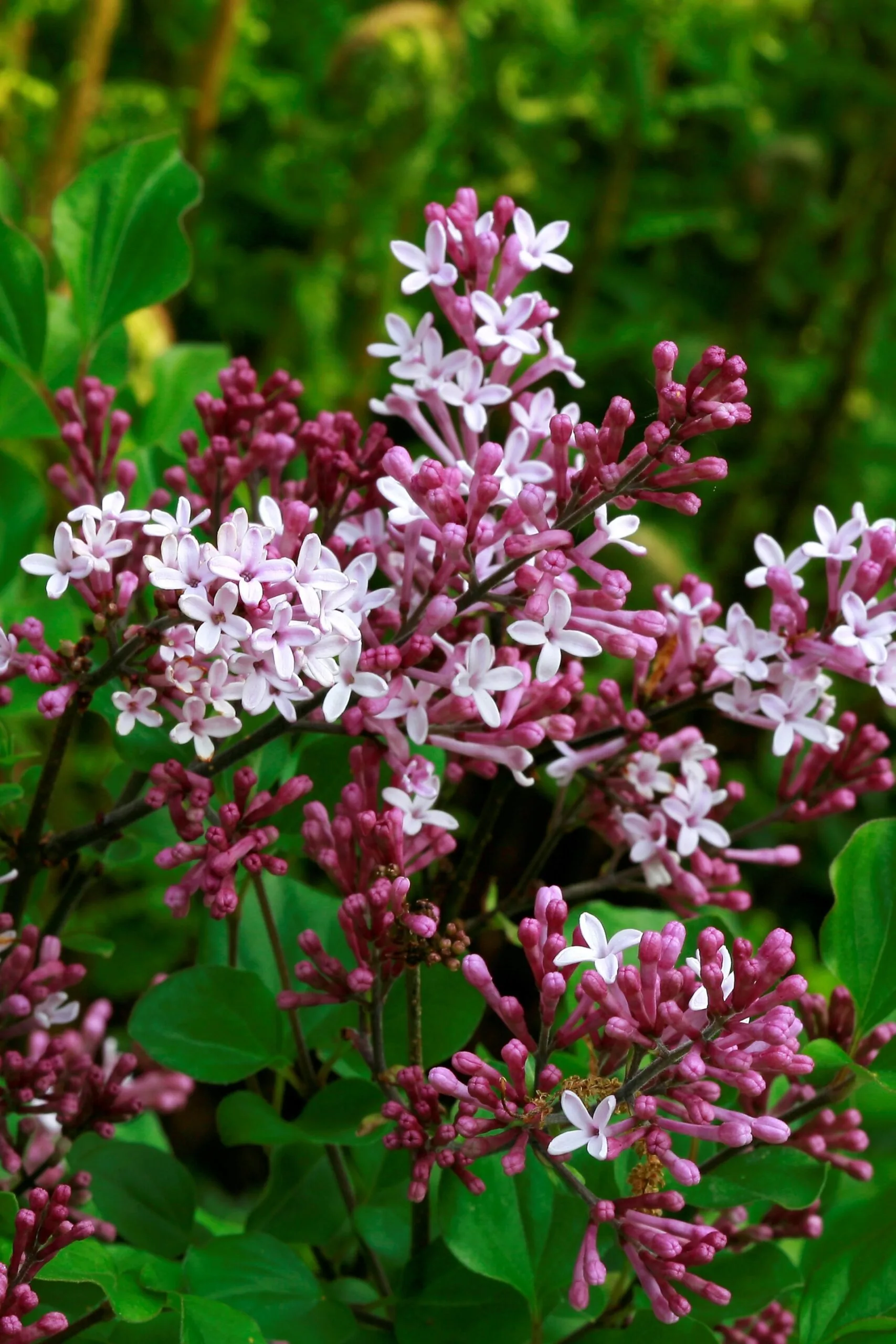
03
Meyer lilac
Syringa meyeri
The Meyer or Korean lilac is one of the more visually interesting due to the dual colour tones. The dwarf varieties of the Korean lilac are the most popular, and work well in front gardens as a statement plant.
Landscaping ideas for lilac flowers
- Lilacs suit a cottage-style garden.
- Plant a lilac bush as a single specimen, or gather together a group with different flower colours.
- Include a lilac in a mixed border along a path. That way, you can appreciate its aroma as you go back and forth.
- Position a lilac bush close to a door or window so its fragrance can waft through your home.
- If an established lilac is not along your usual garden route, place a bench near it so you can sit and take in its scent.

